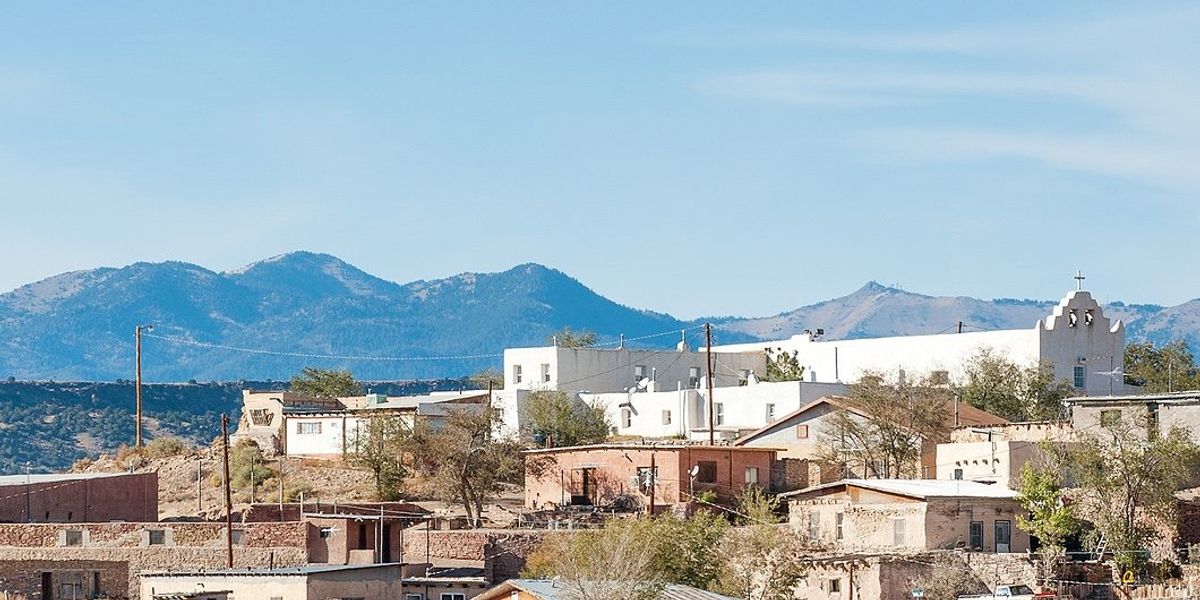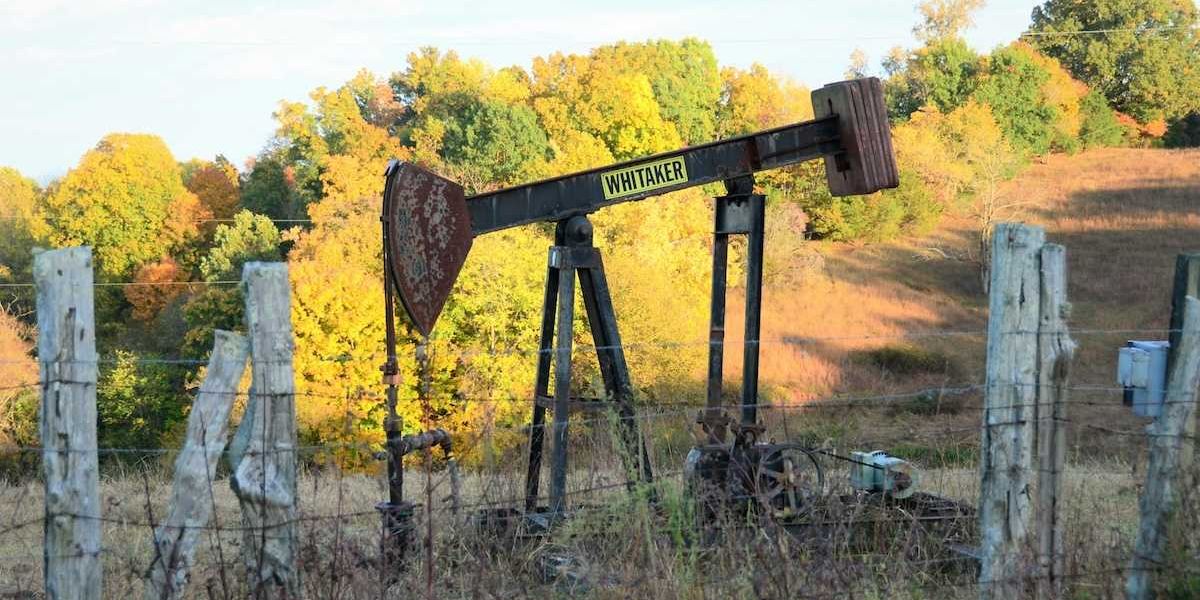
Laguna Pueblo continues to suffer with legacy uranium waste, despite expanded federal compensation program
Decades of uranium mining at Laguna Pueblo left lasting contamination and health crises, even as a new law finally promises compensation to post-1971 workers.
Aviva Nathan reports for Searchlight New Mexico.
In short:
- The Jackpile Mine, once the world’s largest open-pit uranium mine, remains a toxic Superfund site, with contaminated water and soil still affecting local people, animals, and agriculture.
- New Mexico uranium workers exposed after 1971 are now eligible for a one-time $100,000 payment under the expanded Radiation Exposure and Compensation Act (RECA), but the application process is not yet open and is surrounded by confusion.
- Advocacy groups warn that the physical and social fallout — illness, environmental damage, and the risk of renewed mining — continues to affect the Pueblo community, highlighting gaps in accountability and safety measures.
Key quote:
"I get calls every week: Somebody passed away. Cancer. These horrible diseases that are not even qualified diseases for RECA compensation. We’ve had a lot of our young people die of cancer. They’re in their twenties and thirties."
— Lorretta Anderson, co-founder, Southwest Uranium Miners Coalition Post-71
Why this matters:
Children playing near old tailings, farmers tending fields laced with radioactive remnants, and families drinking contaminated water and living with chronic illnesses all carry the invisible cost of an industry that boomed and then went bust. Jackpile left a legacy of contaminated water, soil, and serious health problems that the community continues to wrestle with today. Laguna Pueblo’s struggle is a stark reminder that some environmental and health crises don’t end when the last miner walks away — they linger for generations, quietly shaping lives and landscapes.
Now, with demand for nuclear power accelerating, the uranium industry has come knocking again in many impacted communities, promising that new technologies will guard against the health and environmental devastation of past mining eras. For those still dealing with legacy mining waste, the industry's promises ring hollow.
Read more:













